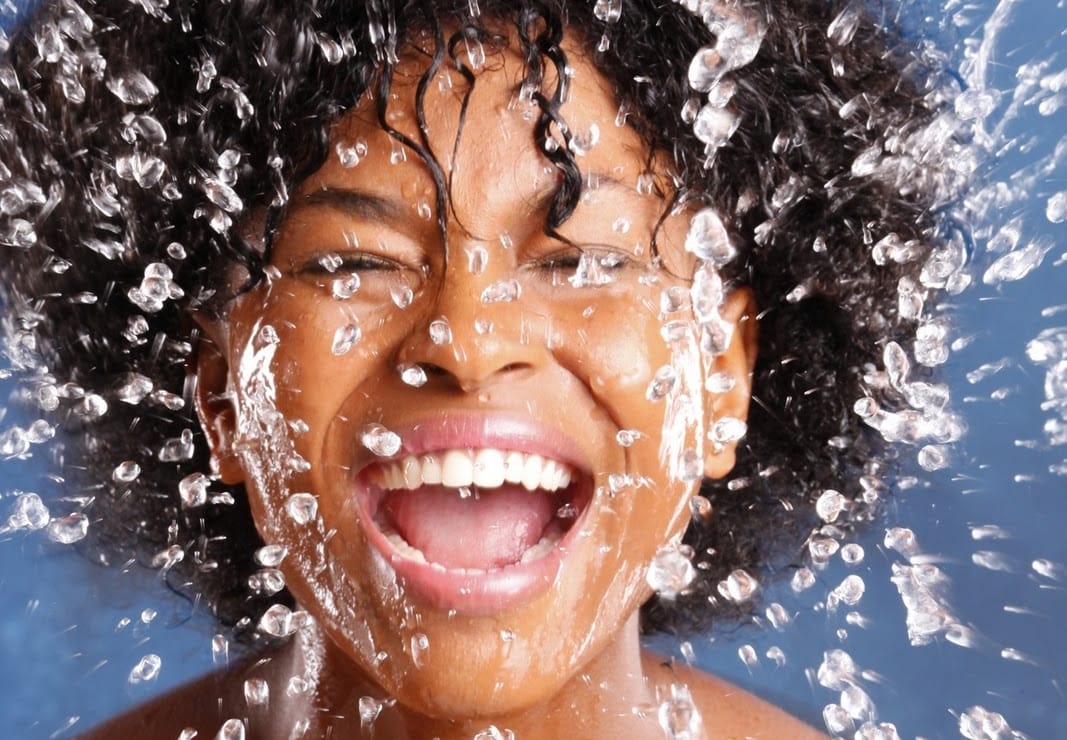The Low Poo and No Poo methods are hair care routines designed to cleanse the scalp and strands without harsh sulfates, silicones, and other aggressive chemicals. These methods help maintain the hair’s natural oils, reduce frizz, and improve hydration. Whether you have curly, wavy, or straight hair, switching to these gentler routines can result in healthier, shinier, and more manageable hair.
In this guide, you’ll learn the differences between Low Poo and No Poo, how to start, which products to use, and the benefits of adopting these methods.
1. What Is the Difference Between Low Poo and No Poo?
✅ Low Poo: Uses a gentle, sulfate-free shampoo to clean the scalp without stripping away natural moisture.
✅ No Poo: Eliminates shampoo completely and relies on conditioner washing (co-wash) or natural alternatives like baking soda, apple cider vinegar, or herbal rinses.
💡 Key Benefits:
✔ Reduces dryness and frizz
✔ Helps retain moisture and natural oils
✔ Prevents damage caused by sulfates and silicones
✔ Ideal for curly and wavy hair, but works for all hair types
2. How to Start the Low Poo Method
The Low Poo method is a great option if you want to reduce chemical exposure while still using shampoo. Here’s how to do it:
Step 1: Choose a Sulfate-Free Shampoo
Avoid shampoos with sulfates (SLS, SLES), silicones, parabens, and drying alcohols. Look for products labeled “Low Poo” or “sulfate-free.”
Step 2: Wash Less Frequently
Since Low Poo shampoos are gentler, you don’t need to wash your hair daily. Start by washing every 2-3 days to allow your scalp to balance its natural oil production.
Step 3: Use Silicone-Free Conditioners and Treatments
Many conditioners contain silicones, which coat the hair and prevent moisture absorption. Instead, opt for lightweight, silicone-free conditioners.
Step 4: Avoid Harsh Styling Products
Many gels, mousses, and sprays contain silicones and alcohol, which can dry out the hair. Switch to natural or Low Poo-approved styling products.
💡 Best for: People who want a gentle shampoo without completely eliminating traditional cleansing.
3. How to Start the No Poo Method
The No Poo method eliminates shampoo entirely, replacing it with co-washing (washing with conditioner) or natural cleansers.
Step 1: Stop Using Shampoo
Instead of shampoo, cleanse your hair using conditioner or natural alternatives.
✔ Co-washing: Use a lightweight, silicone-free conditioner to clean the scalp and strands.
✔ Baking soda rinse: Mix 1 tablespoon of baking soda with water to remove buildup (use only occasionally).
✔ Apple cider vinegar rinse: Mix 1 part apple cider vinegar with 3 parts water to balance scalp pH and add shine.
Step 2: Massage the Scalp Thoroughly
Since you’re not using traditional shampoo, spend extra time massaging the scalp with your fingers to remove dirt and oil.
Step 3: Use Natural Moisturizing Treatments
Since No Poo doesn’t rely on heavy conditioners, keep your hair hydrated with natural oils (coconut, argan, jojoba) or aloe vera.
💡 Best for: People with very dry, curly, or sensitive scalps who want a completely natural approach.
4. Common Mistakes and How to Avoid Them
🚫 Using a conditioner with silicones in the No Poo method → Silicones cause buildup and prevent moisture absorption.
🚫 Not massaging the scalp enough → This can lead to greasy roots and product residue.
🚫 Washing too often → Overwashing can still strip moisture, even with gentler products.
🚫 Not giving your hair time to adjust → Your scalp may take 2-4 weeks to regulate oil production.
5. Final Tips for Healthier Hair with Low Poo and No Poo
✨ Be patient – Your hair may go through an adjustment period before showing results.
✨ Use natural oils – Coconut, argan, and jojoba oils keep hair moisturized.
✨ Experiment with washing frequency – Some people wash every 2 days, others only once a week.
✨ Use a clarifying rinse when needed – Apple cider vinegar helps remove buildup and balance scalp oils.
Both the Low Poo and No Poo methods can transform your hair by keeping it healthier, softer, and more hydrated. Try these techniques and discover what works best for your hair type! 😊




Interesting analysis! Seeing more platforms like PH987.Com Login really shift the online casino experience in Asia. Understanding game mechanics, as they highlight, is key to smart play! 🤔
Logging in to 98alogin was a breeze, man. No hassle, straight to the point. Exactly what you want when you just wanna get in there. Get logged in: 98alogin
Heard about uujllogin from a buddy, and gotta say, it’s pretty decent! Quick access, no annoying lag so far. Definitely bookmarking this one! Check it out here: uujllogin